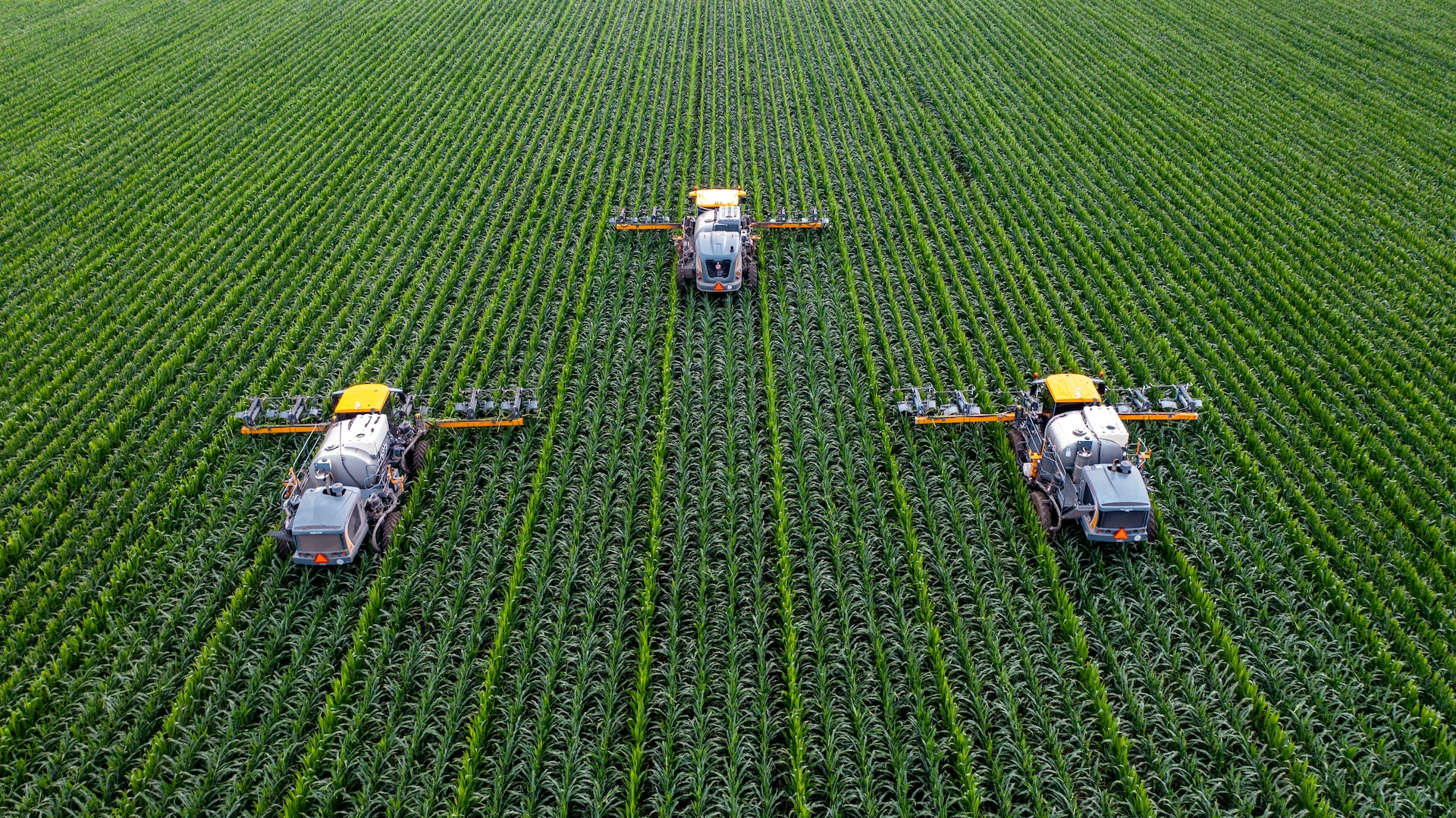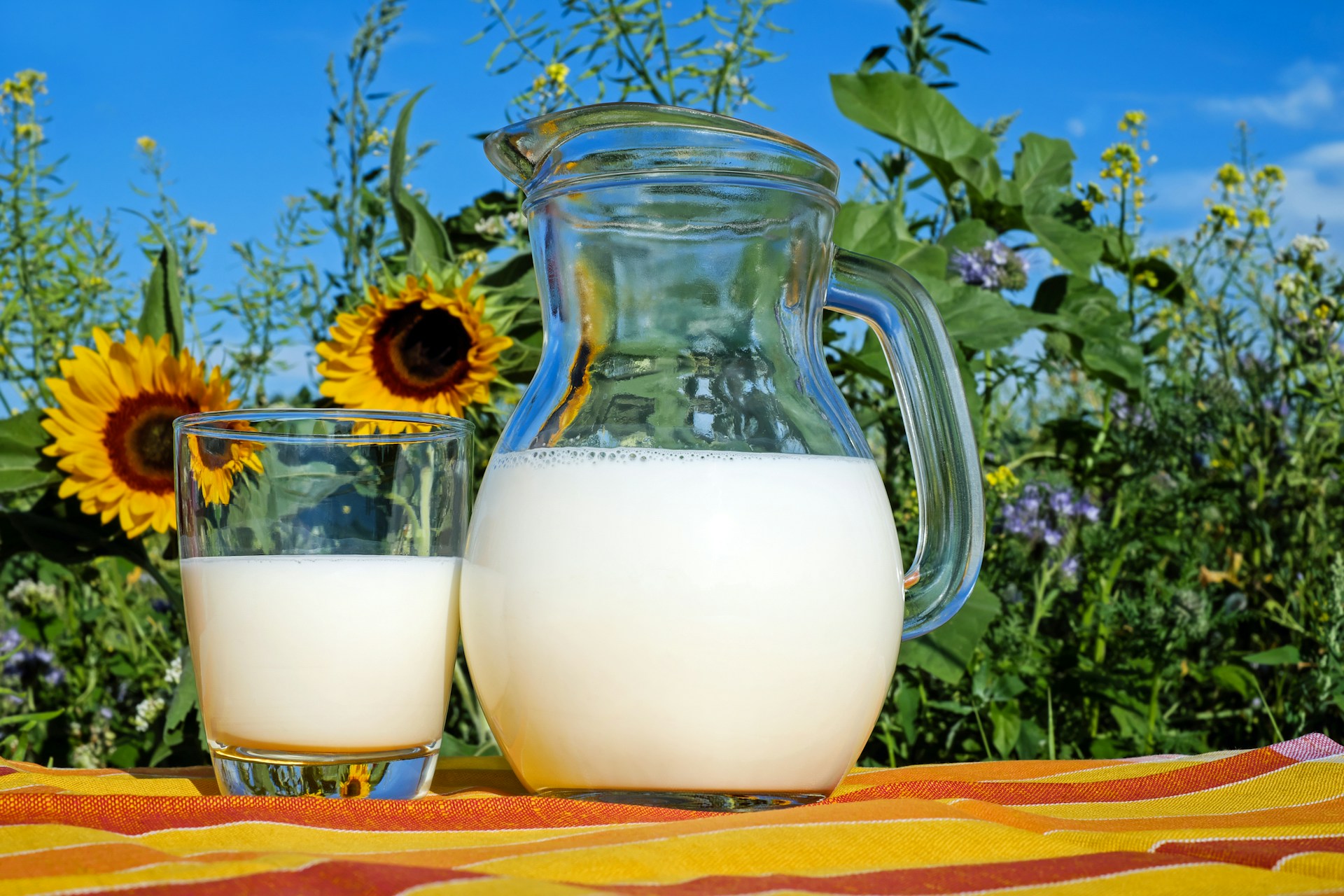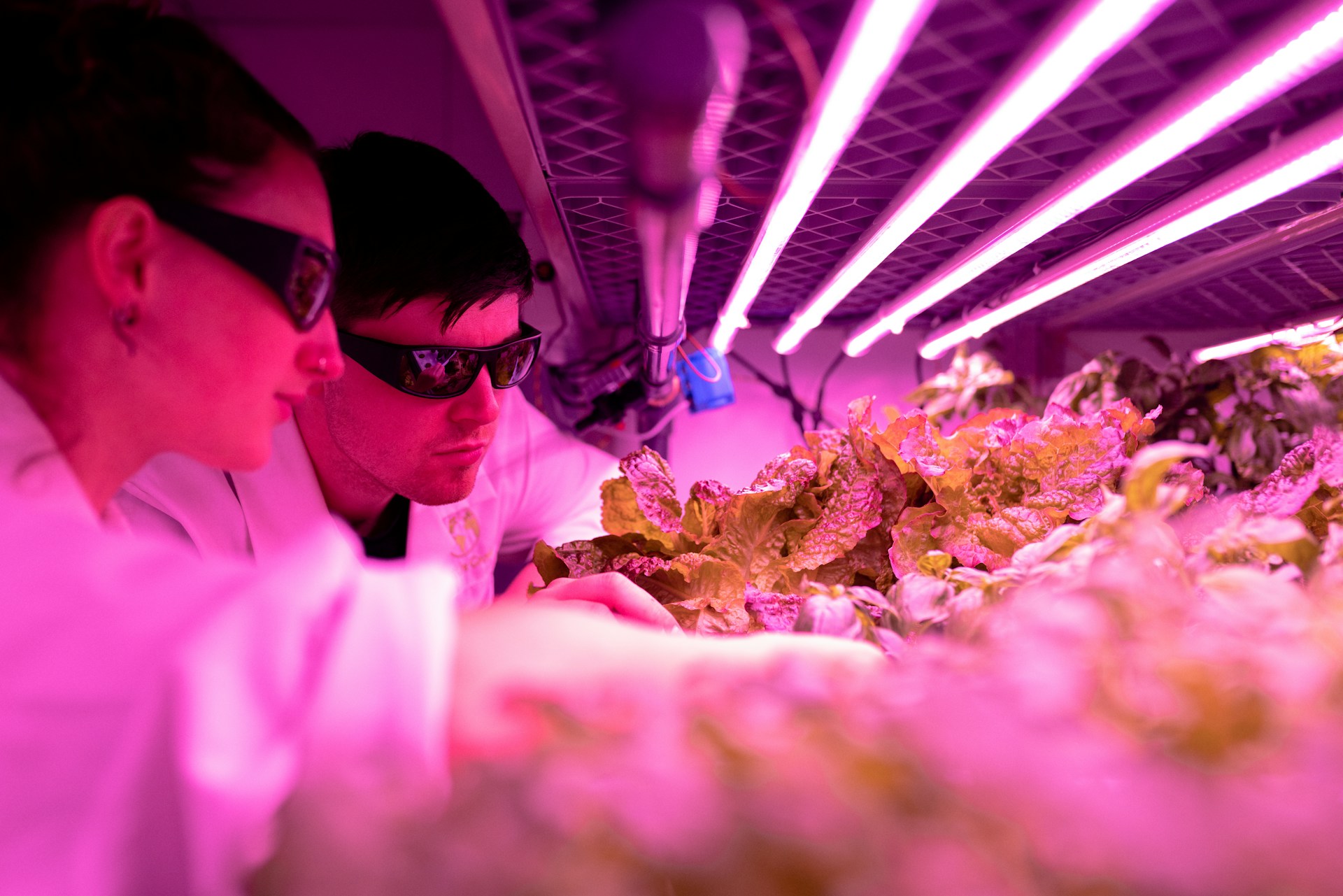
Smart Farming Tech Boosts Crop Yields for More Successful Harvests
July 4, 2023 - Emily Newton
Revolutionized is reader-supported. When you buy through links on our site, we may earn an affiliate commission. Learn more here.
When many people picture farming, they envision a laid-back way of life involving milking cows or pulling weeds by hand. But agriculture — at least on a large scale — hasn’t looked like that for well over a century. Today, farming involves using drones, hydroponics, automation and IoT connection, allowing growers to improve crop yields in both quality and quantity. Here are the most prominent forms of smart agriculture shaking up food production.
Autonomous Machinery
Automation is one of the most vital forms of technology on smart farms, helping with everything from killing weeds to fertilizing flowers. It’s useful for:
1. Improving Precision
Verdant Robotics’ weeding machine looks much like an ordinary tractor. However, hidden inside its push-broom-style attachment are smart cameras that keep a close eye on the ground. Using machine learning and computer vision, it makes a choice for every plant it passes over — fertilize or kill. It then uses centimeter-level precision to spray the crop with the necessary product.
By carefully avoiding surrounding plants, the machine uses up to 95% fewer chemicals than traditional sprayers and can achieve better crop yields. It remembers every plant it sees. Its high-resolution cameras scan the ground constantly, mapping out entire farms so the computer knows what is planted where.
This type of equipment could make regenerative agriculture possible on a large scale. Some machinery can fertilize certain apple blossoms as they open but spray others with chemicals to prevent them from being pollinated. It allows for selective growing and thinning of crops on a very granular level.
Intercropping — planting different species in alternating rows — is challenging to achieve with machines that indiscriminately spray pesticides or fertilizer, since different plants have unique requirements. But with precision farming, growers can address individual plants’ needs without compromising the growth of surrounding crops. It allows farmers to tend to plants individually on a massive scale, two previously incompatible approaches.
2. Boosting Yields and Quality
Automation improves more than just crop growth. For example, the DeLaval milking machine lets cows decide when to be milked. As a cow voluntarily enters the device, the system reads a code on a cow’s ear tag and dispenses feed for her. It then uses lasers with vacuum hoses to find and milk the cow’s udder.
The DeLaval records data on which cows it has serviced and how much milk each one produced. It can also detect if a cow has already been in the machine that day to prevent overfeeding and lost productivity. This automation has led to a drastic increase in both production and quality, just as it does with crops. Smart farming allows farmers to achieve better crop yields without sacrificing nutritional content.
3. Freeing Up Time
Driverless tractors may still be on the horizon, but autonomous seeding and weeding robots are already here. Solar-powered FD20 robots can plant sugar beets and remember exactly where they planted the seeds. When the plants germinate, the vehicles rove the fields and destroy any sprouts they don’t remember planting, as these are likely weeds.
Inventor Zack James has built a prototype for a small, driverless vehicle — about the size of a riding lawnmower — that can plant cover crops. Fruit-picking robots from Tortuga AgTech pluck grapes and strawberries off the stem, which can help with greenhouse operations. In Canada, Barnstorm Agtech secured a grant to build swarms of minuscule tractors. These devices can crawl through pastures and perform everyday farming tasks.
Driverless technology gives farmers more time to tend their crops and focus on administrative tasks. By saving time, autonomous vehicles help food producers grow more crops and reduce food waste.
Drones
There’s a new sound to add to the Old MacDonald song — the hum of drones, which are quickly becoming ubiquitous in smart farming operations. Camera-equipped UAVs can apply fertilizers, pesticides and herbicides to individual plants with laser precision. They can even do it after a rain when tractor tires would normally damage the still-soft soil, allowing them to treat crops in all weather conditions.
UAVS can use near-infrared cameras to detect sick or underperforming plants and deliver targeted treatments to them. They can reach distant corners of the pasture faster than a person on foot, recording vast amounts of data and taking photos from the air.
Some drones also excel at killing flying insects inside greenhouses. Using their blades, they chop up hungry moths that would feed on crops. These pest-killing UAVs allow growers to use fewer chemical pesticides and improve crop yields.
IoT Devices
The Internet of Things goes beyond smart fridges and coffee makers. On a farm, IoT devices include water sensors that irrigate crops at the ideal time, saving water in the process. They encompass soil monitors that measure plant growth and detect infestations so farmers can act fast to eradicate them.
Hyperlocal climate sensors give growers valuable data about when and where to plant crops, which species to plant and how to manage them as they grow, helping plan for climate surprises. Before the advent of these IoT devices, farmers had to rely on weather reports from nearby cities or airports. Such reports often originate too far away to be relevant.
Inside greenhouses, smart monitors control lighting, temperature and humidity to improve crop yields and extend the growing season. Importantly, IoT devices collect vast amounts of data so farmers can track patterns over long time periods.
Hydroponics
Growing plants suspended in water — or in PVC pipes with water flowing over their roots — uses up to 90% less water than traditional growing methods. Saving water lowers production costs and lets farmers increase their yields.
At the same time, hydroponics allows farmers to improve crop yields with less space. It lets them carefully apply nutrients when and where plants need them. Rather than broadcasting fertilizer over a field, farmers can use a computer to control which minerals and organic compounds plants receive, then deliver them directly to thirsty roots.
Hydroponics opens up the possibility of vertical farming. In an increasingly crowded world, this technique will be crucial as farmers run out of arable land. Growing plants inside hydroponic greenhouses also helps protect crops against pests and inclement weather.
How Farming Can Improve Crop Yields and the Environment
The fourth agricultural revolution will do more than just improve crop yields. It’s also restoring a much-needed balance between farms and surrounding ecosystems, which is crucial for our continued success as a species. Food production must move past the heavy-handed, indiscriminate use of plowing and chemicals to embrace a future of precision agriculture — the world’s hungry population depends on it.
Revolutionized is reader-supported. When you buy through links on our site, we may earn an affiliate commission. Learn more here.
Author
Emily Newton
Emily Newton is a technology and industrial journalist and the Editor in Chief of Revolutionized. She manages the sites publishing schedule, SEO optimization and content strategy. Emily enjoys writing and researching articles about how technology is changing every industry. When she isn't working, Emily enjoys playing video games or curling up with a good book.






